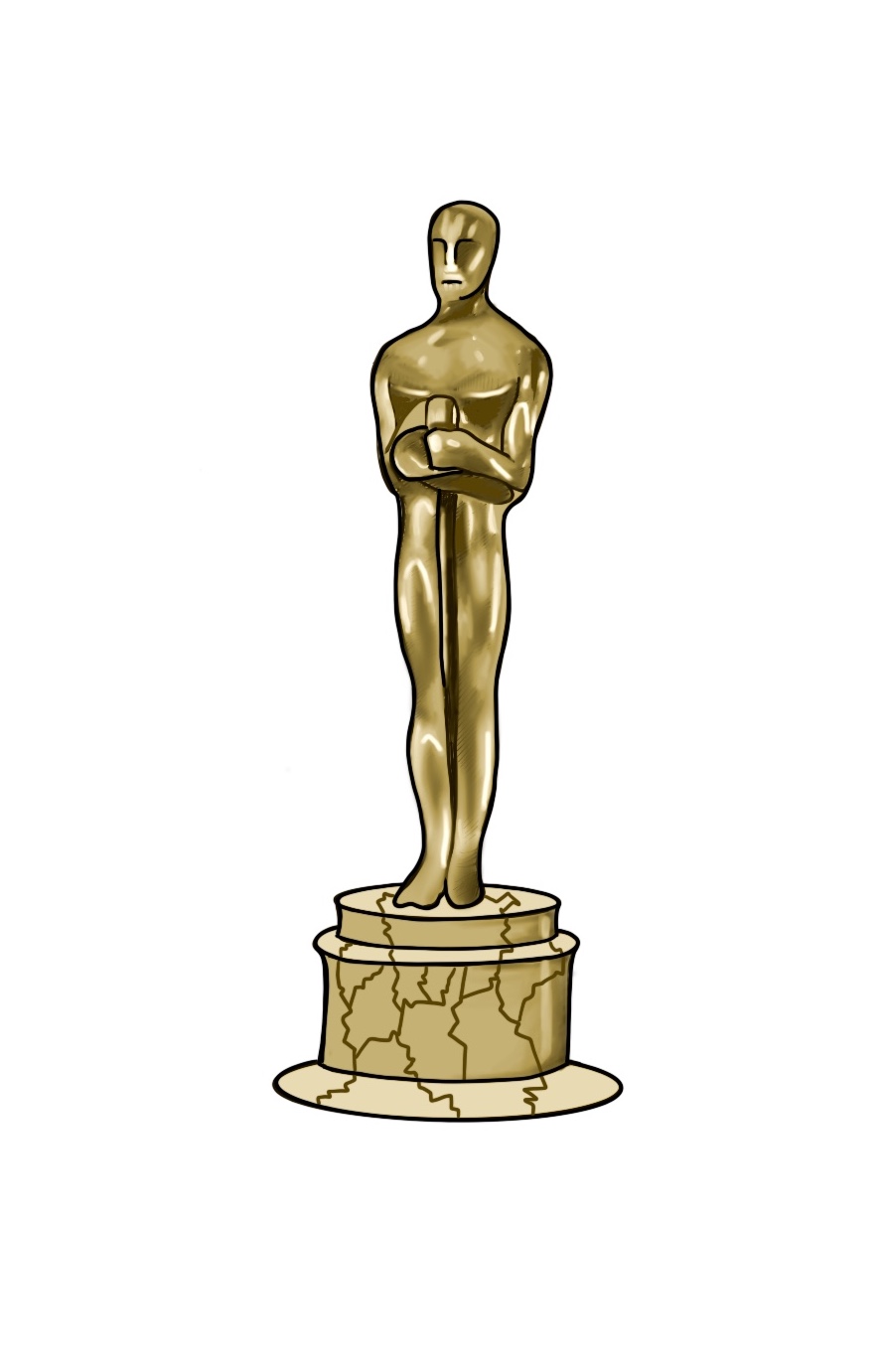The Oscars’ work is far from over
April 23, 2021
 Lily Anna Fullam
Lily Anna FullamA little over a year ago, Bong Joon-Ho’s “Parasite” won the Oscar for Best Picture. 2019 was undoubtedly a great year for films—from Taika Waititi’s “Jojo Rabbit” to Sam Mendes’s “1917”—and yet, “Parasite” was still the clear choice for recognition. After some terrible selections, like Peter Farrely’s “Green Book,” it seemed to me as though the Oscars understood their past mistakes. At last, I thought this could be a new age for the Oscars and Hollywood in general. But ultimately, “Parasite” was the first (and only) Best Picture winner in a language other than English.
The Academy of Motion Picture Arts and Sciences still has work to do. The 93rd Oscars are this Sunday, and the nominees comprise one of its most diverse lineups ever. Although Hollywood is recognizing artists that have been historically underrepresented and marginalized, the Academy cannot stop this new direction. “Diversity” and “representation” are not fads, and this year’s nominees need to be emblematic of the future of the industry.
This past fall, the Academy released a new set of eligibility rules related to diversity. While some pundits criticized the plan for allegedly being restrictive for artists, who they argued could no longer focus solely on their craft, the actual eligibility rules suggest that nothing in Hollywood will change substantially. In order for a film to be eligible for competition, it needs to meet two of four standards. Standard A can be met in one of three ways: having one actor from an underrepresented group in a significant role; having the story center around women, LGBTQ+ people, a racial or ethnic minority or the disabled community or having at least 30 percent of the cast from “at least two of the four underrepresented categories.” Standard A turned the most heads upon its announcement, since a film like Martin Scorsese’s “The Irishman” does not meet the criteria. The goal is to have more diverse stories and faces in front of the camera, something Hollywood needs.
Even under these new standards, though, “The Irishman” still would have been nominated for its 10 Oscars because it has met the Academy’s Standard B and Standard C. Standard B states, “at least six crew members must be from an underrepresented racial or ethnic group.” Standard C states, “the film’s distributor or financing company must have at least two interns from an underrepresented group.” And yes, you are reading that right. These eligibility standards change nothing, and are ultimately performative measures to show that the Academy is increasing their efforts in the fight for more diverse storytelling. These standards are not difficult to achieve, especially if one token actor is all that is needed to consider a film “diverse.”
So, what makes this year’s nominees so great? For one, these useless eligibility rules were not in place while these films were in development and shot. The diversity you see in the nominees across all of the categories suggests that there might be industry-wide change happening. For Best Actor, for example, Riz Ahmed and Steven Yeun became the first Muslim and Asian-American actors, respectively, to be nominated in the category. Chloé Zhao is the first Asian woman to be nominated for Best Director. There is a very real possibility that all of the winners in the acting categories could be actors of color, for—you guessed it—the first time ever. But “firsts” are very bittersweet. It is excellent these artists are being recognized for their work, but why did it take so long for it to occur? Why was “Parasite” the first international film to win Best Picture when the majority of the film industry is not located in the U.S.? This year showed that, even without a functioning movie theater market, terrific films were released and recognized. And still, work has to be done.
With every minor achievement, there are always some setbacks. Even with “Parasite” as the Best Picture recipient last year, the only non-white actor to be recognized with a nomination was Cynthia Erivo for her role in “Harriet.” Times are changing for the better in Hollywood, but it has been a bumpy road to get to where we are right now, and the work is far from over. Six years on, #OscarsSoWhite is still a reminder to the institution—and its followers—of what needs to change. I truly hope that filmmakers go the extra mile and promote a diverse workplace rather than aiming for 30 percent quotas and bogus rules to qualify. In the end, the Oscars are only a reflection of the industry as a whole and do not make change to who is actually making the movies. What truly matters is if films that represent diverse storytelling (and storytellers) are also supported by audiences. As movie theaters start to fill up again and film fans become fully vaccinated, consider the films you see: will it be something worthwhile, or will it be another Mark Wahlberg movie?

Comments
Before submitting a comment, please review our comment policy. Some key points from the policy: